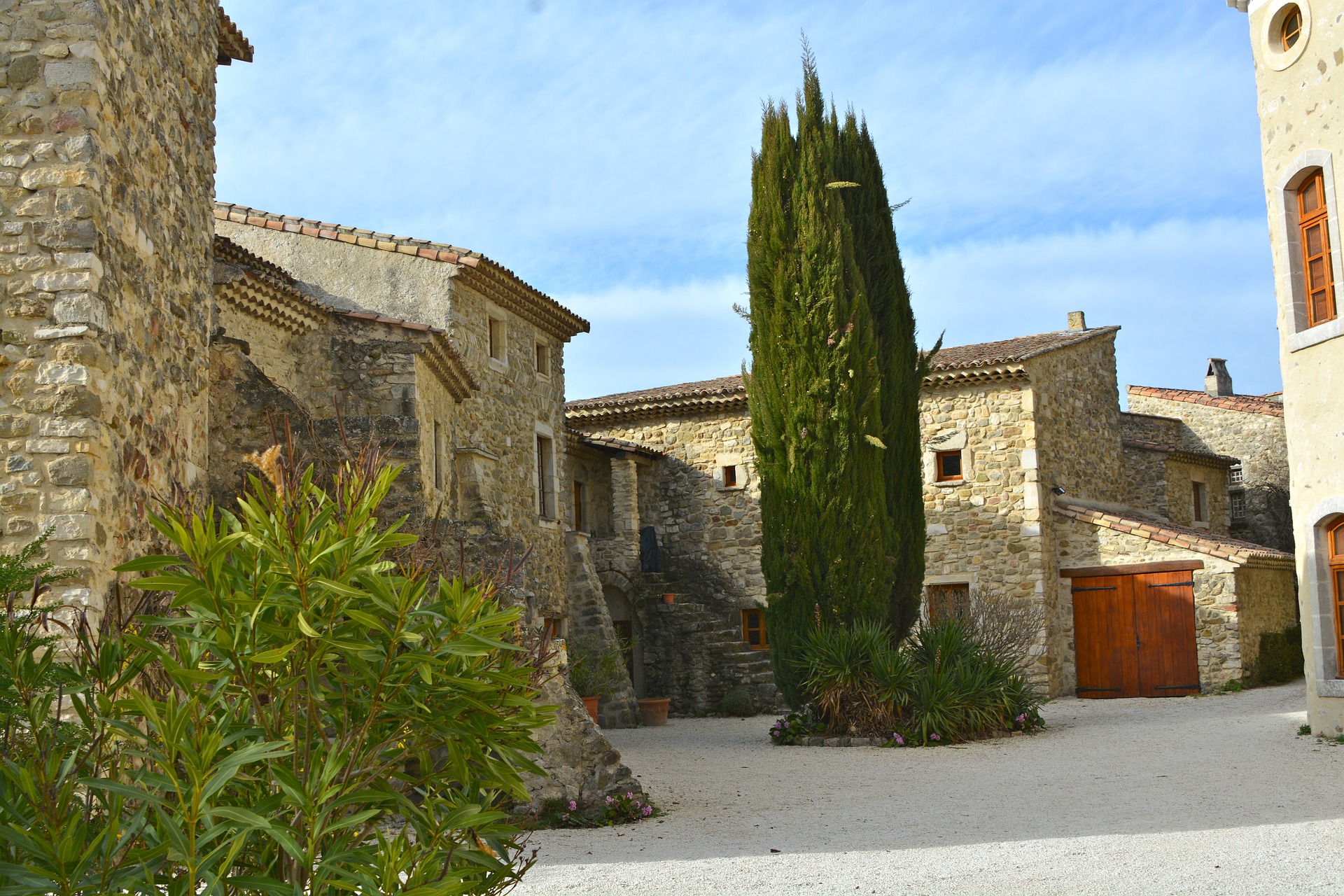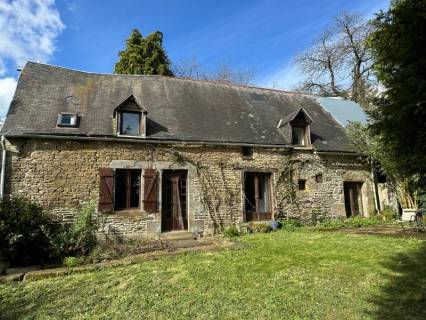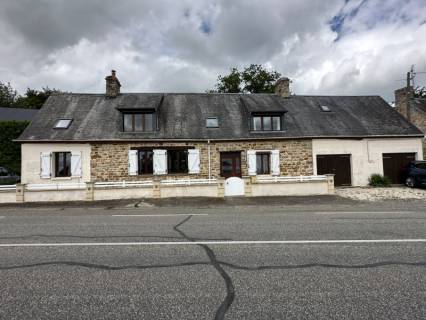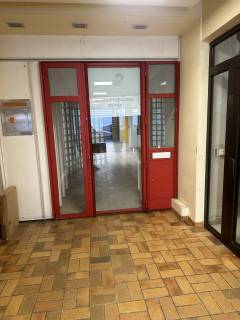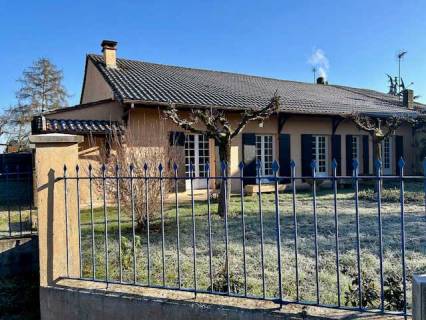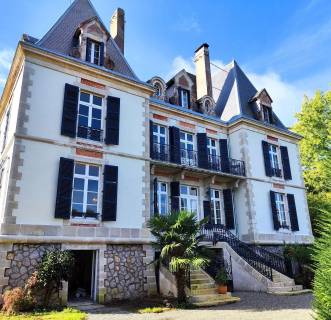Oct 032022
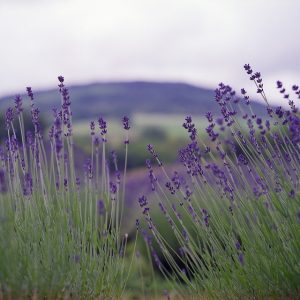 With its reputation for picture-perfect medieval villages, stunning lavender fields and a healthier, slower pace of life, Provence seems to capture the essence of Mediterranean summers. From its sleepy inland villages to the shimmering Mediterranean sea with its glamorous Riviera resorts, Provence has something to cater to all tastes and budgets.
With its reputation for picture-perfect medieval villages, stunning lavender fields and a healthier, slower pace of life, Provence seems to capture the essence of Mediterranean summers. From its sleepy inland villages to the shimmering Mediterranean sea with its glamorous Riviera resorts, Provence has something to cater to all tastes and budgets.
So what is it like to follow in the footsteps of numerous writers, artists, aristocrats and celebrities, and actually live in Provence? Let’s take a look.
Where is Provence?
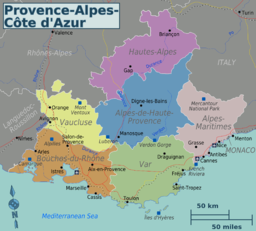 The Provence-Alpes-Cote d’Azur region, commonly known as PACA, is located in the south-east of France and is divided into six different departments: Alpes-Maritimes, Alpes-de-Haute-Provence, Bouches-du-Rhone, Hautes-Alpes, Var and Vaucluse.
The Provence-Alpes-Cote d’Azur region, commonly known as PACA, is located in the south-east of France and is divided into six different departments: Alpes-Maritimes, Alpes-de-Haute-Provence, Bouches-du-Rhone, Hautes-Alpes, Var and Vaucluse.
For most, however, the heart of Provence is the Luberon, a massif of the Pre-Alps which straddles the Vaucluse and the Alpes de Haute Provence, and offers spectacular landscapes of vineyards, lavender fields and fascinating hill-top villages, the likes of which once inspired artists such as Van Gogh and Cézanne.
The Climate of Provence
The climate in Provence is, of course, as varied as its geography, with hot and dry summers, relatively mild winters and some 300 days of year-round sun. Snow is not common, but temperatures can reach freezing, particularly around Avignon. The clarity of air that has attracted artists for centuries can be attributed to Le Mistral, the violent and cold wind that passes through the valleys of the Rhône and the Durance Rivers down to the Mediterranean coast.
Popular Locations to Live in Provence
The Luberon: with lush countryside backed by soaring mountains, the Luberon encapsulates quintessential Provence, and is home to many idyllic villages, such as Gordes, Roussillon, Bonnieux, Lacoste and Ménerbes. It also makes an ideal base for anyone who loves the great outdoors, and in particular cycling, canoeing, hiking or kayaking.
Aix-en-Provence: one of Provence’s most attractive cities, thanks to its fascinating historic quarters, Roman remains and stylish boulevards, it was also the birthplace and home of artist Paul Cézanne. Today it’s a university town that attracts students from around the world, lending it a vibrant culture and nightlife.
Marseille: France’s oldest city and the capital of PACA, this busy port city is less influenced by tourism than other areas of Provence. Home to the classic bouillabaisse fish stew, here you can feast on seafood every day, in particular around the old port, lined with bars, restaurants and shops.
The Var: known for its pretty medieval villages, particularly in the Pays de Fayence area, dreamy coastline and the Massif de Maures mountain range, the Var department is also, in the north, the gateway to the famous Gorges de Verdun canyon, and lies within reach of both Nice and Marseille international airports.
Alpes-Maritimes: the area renowned for its French Riviera glamour is also home to the Mercantour national park and the Pre-Alps regional park, and is where, at certain times of year, you can ski in the morning and swim in the afternoon. With two international centres, Monaco and Sophia Antipolis, France’s answer to Silicone Valley, this area has a more youthful profile with many job opportunities.

Fort Saint-Jean (Marseille)
The Mediterranean Coastline – from Marseille to Menton
France’s second largest city, Marseille, sits on the western border of PACA in the Bouches-du Rhone. A busy, working city, it’s also home to the stunning Parc National des Calanques, where jagged rocks soar out of the crystal clear water.
In the Var, Toulon is a busy port town and naval base, while its neighbouring towns of Hyères and Le Lavendou are idyllic beach resorts that offer access to the stunning Golden Islands of Porquerolles and the Port Cros national park. The Saint-Tropez peninsula is an exclusive, upmarket holiday area made famous by Brigitte Bardot, which still imbues her sense of boho-chic decadence.
In the Alpes-Maritimes lie Cannes and Antibes, the bustling city of Nice, glamorous Monaco and the charming border town of Menton, as well as some of the most lovely coastal villages, including Villefranche, Eze and Beaulieu. The stunning capes of St-Jean-Cap- Ferrat, Cap d’Ail and Roquebrune-Cap-Martin are where many of the rich and famous – from Churchill to Chanel – once spent their summers.

Nice
The Lifestyle in Provence
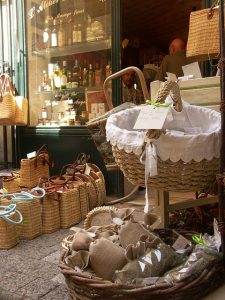 Provence offers a feast for the senses, from its abundance of flowers and stately green cypress trees to its pastel-hued buildings with their colourful shutters. At bustling local markets the air is scented with lavender and fresh herbs, while displays of fresh fruit and vegetables burst with vivid colours.
Provence offers a feast for the senses, from its abundance of flowers and stately green cypress trees to its pastel-hued buildings with their colourful shutters. At bustling local markets the air is scented with lavender and fresh herbs, while displays of fresh fruit and vegetables burst with vivid colours.
Local products include carved olive wood bowls, bright linens and tablecloths, wicker shopping baskets, colourful tableware and a range of products using lavender, from soaps and honey to fragrant sachets for placing inside clothing drawers. Provence’s decorative style is ageless, epitomised by light and cosy interiors that use warm, natural shades to create a romantically rural atmosphere.
Despite the slower pace of life, during the summer you can expect many special events and festivals to take place. Two major summer highlights are the Aix-en-Provence music festival every July, offering opera performances and concerts, and the Chorégies in Orange, which also showcases operas and classical music concerts. More locally, you’ll find festivals that celebrate the local produce, such as the cherry festival of Venasque and the strawberry festival of Carpentras.
The Cuisine of Provence
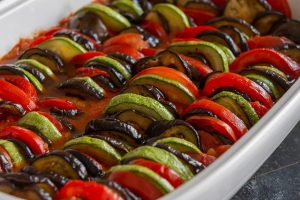 The cuisine of Provence is largely influenced by the Mediterranean, and features fish and seafood on the coast, with plenty of colourful fruits and vegetables, goat and sheep cheeses, and olives and olive oil, all of which are invariably enjoyed over glasses of chilled rosé wine. Many classic Provençal dishes were inspired by traditional poor man’s food, such as Socca, made of chickpea flour, Pissaladière tarts of caramelised onions and anchovies, and Ratatouille, bursting with colourful aubergines, peppers, courgettes and tomatoes.
The cuisine of Provence is largely influenced by the Mediterranean, and features fish and seafood on the coast, with plenty of colourful fruits and vegetables, goat and sheep cheeses, and olives and olive oil, all of which are invariably enjoyed over glasses of chilled rosé wine. Many classic Provençal dishes were inspired by traditional poor man’s food, such as Socca, made of chickpea flour, Pissaladière tarts of caramelised onions and anchovies, and Ratatouille, bursting with colourful aubergines, peppers, courgettes and tomatoes.
Restaurants vary in style and budget, from the opulent Michelin-starred on the coast to the simple village bistros offering formule lunches that are still surprisingly affordable, and plenty more in between.
Property Types in Provence
Depending on the style of life you choose, property in Provence ranges from traditional rural stone houses to glamorous sea-view apartments and villas.
The typical stone house, or mas, can be found throughout rural Provence, and were built facing south to protect them from the mistral winds. Larger, more elegant symmetrical bastides were originally built as holiday homes for the wealthy, and have two or more storeys, large windows and tiled, almost flat roofs.
Other options are medieval village houses, which are usually terraced and may enjoy scenic views, particularly if the village is perché. These may be a budget-friendly option, particularly if in need of renovation.
The coast, in particular from Menton to Nice, is studded with glorious Belle Epoque villas, many of which have been converted into apartment blocks, and a 20th century housing boom has seen numerous decorative villas, many with swimming pools, throughout the Alpes-Maritimes and Var.
Wherever you choose to base yourself in Provence, you can rest assured that you will enjoy long spells of beautiful sunshine, the clearest of blue skies and markets that boast a range of colourful and delicious Mediterranean produce.
